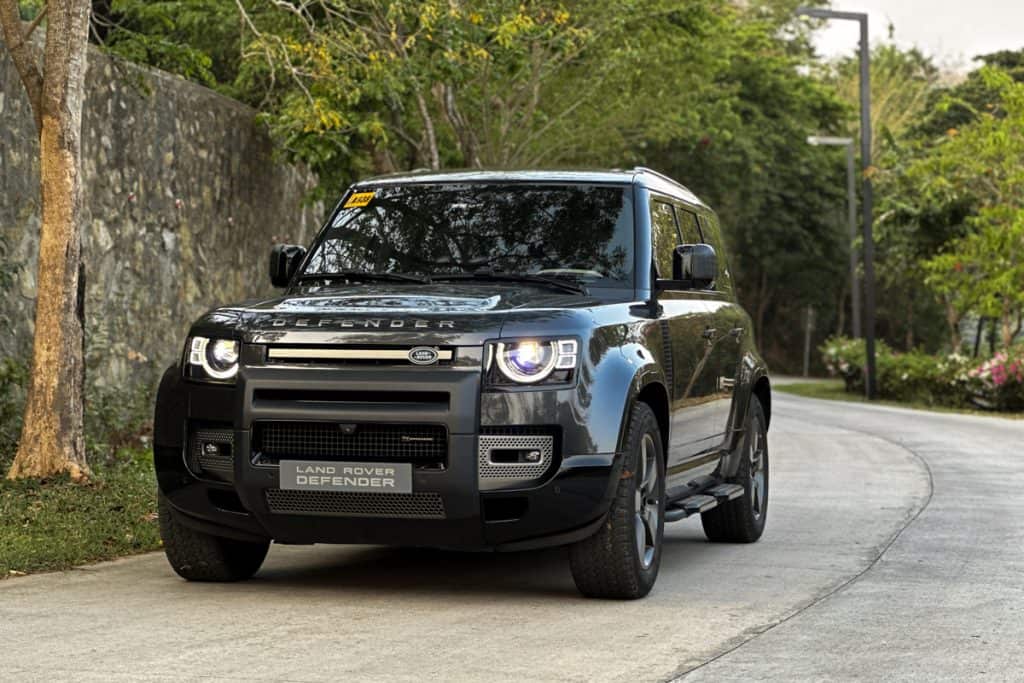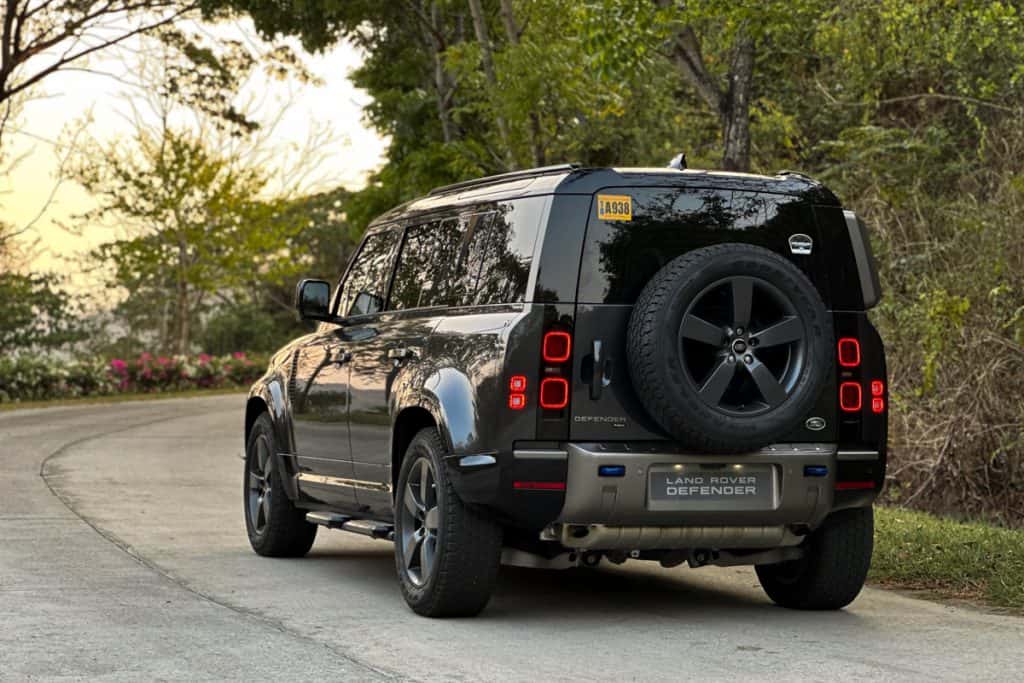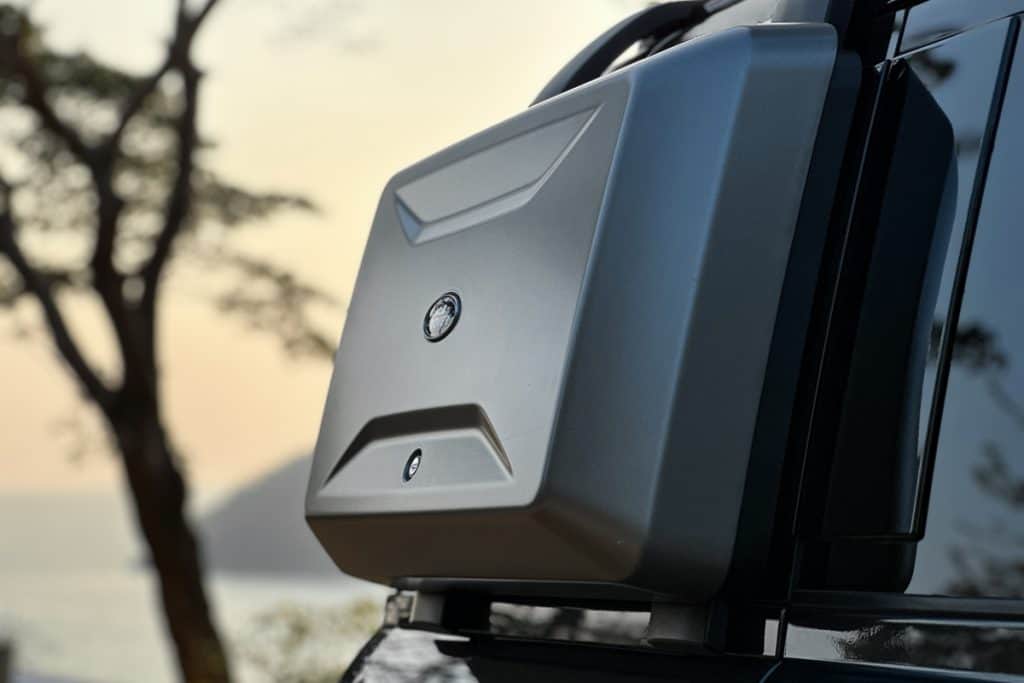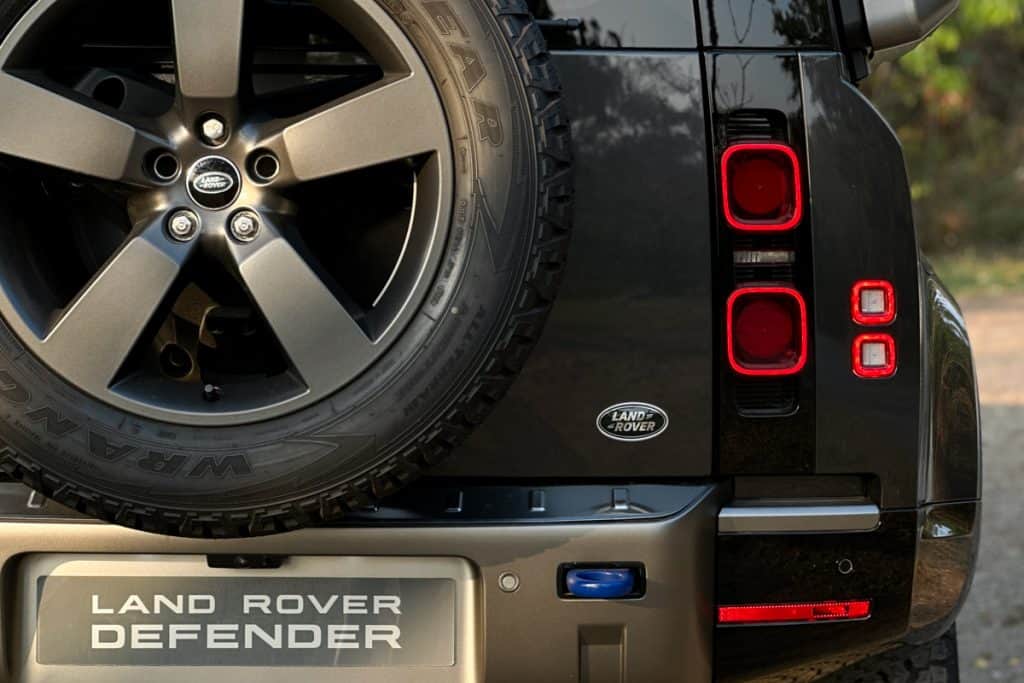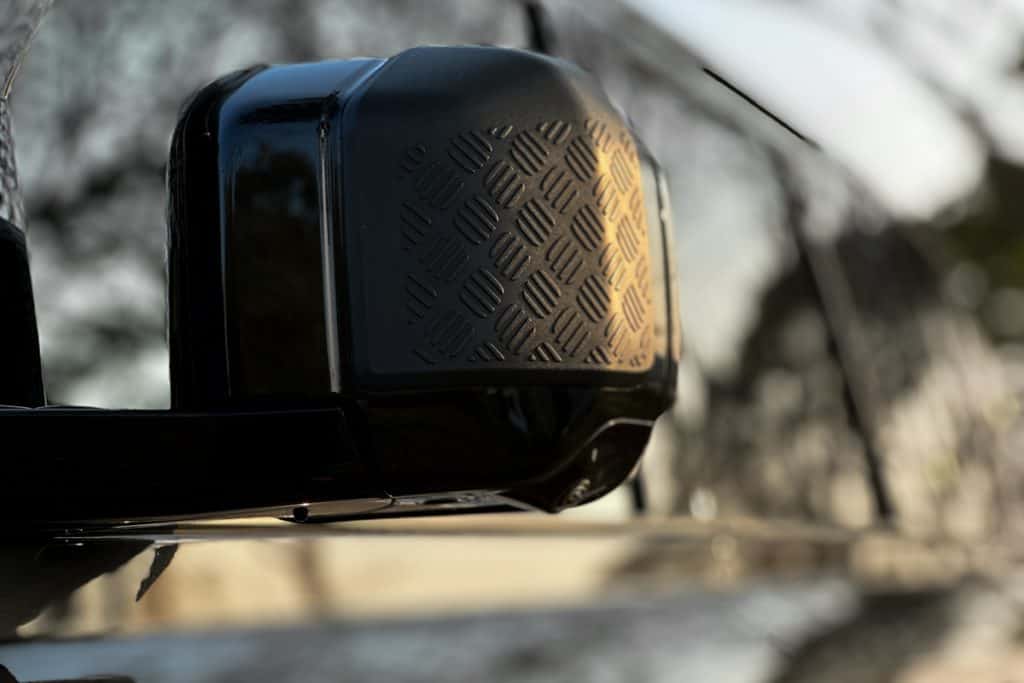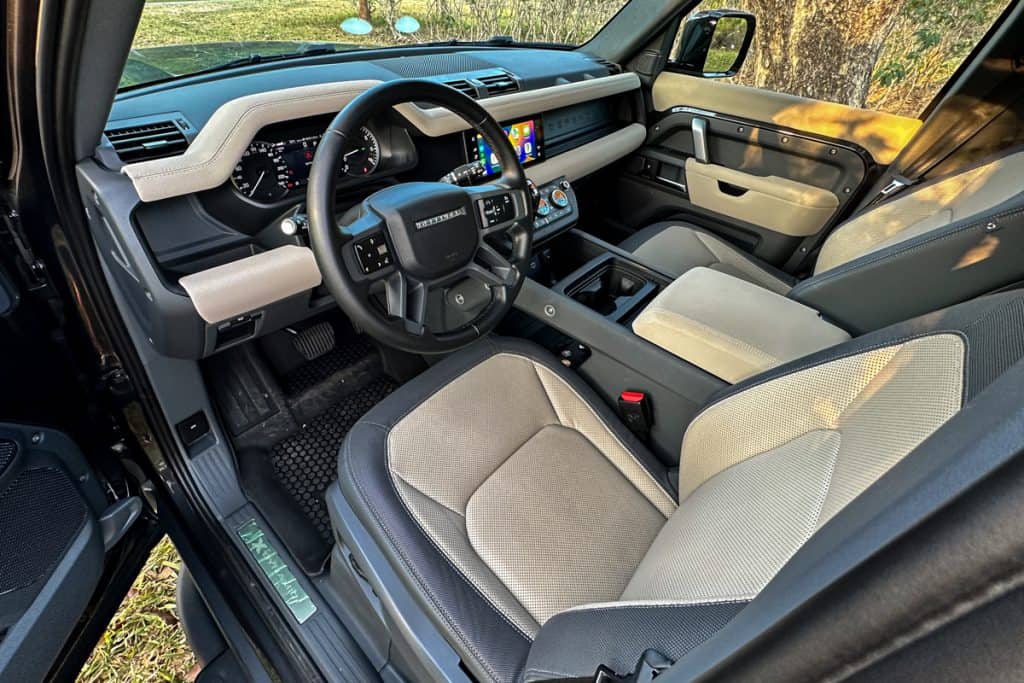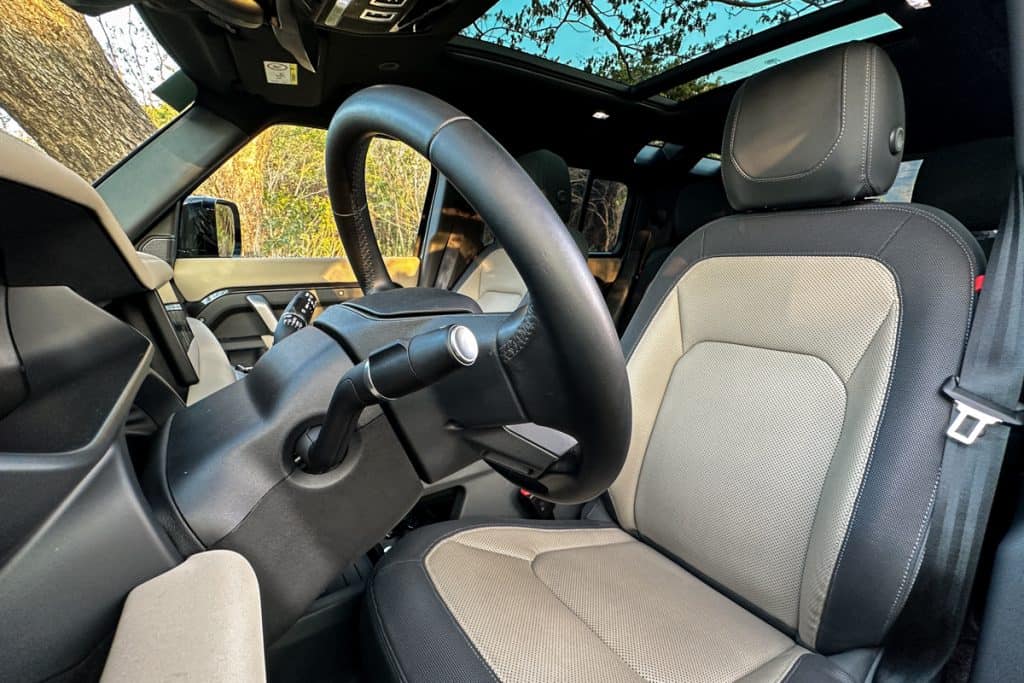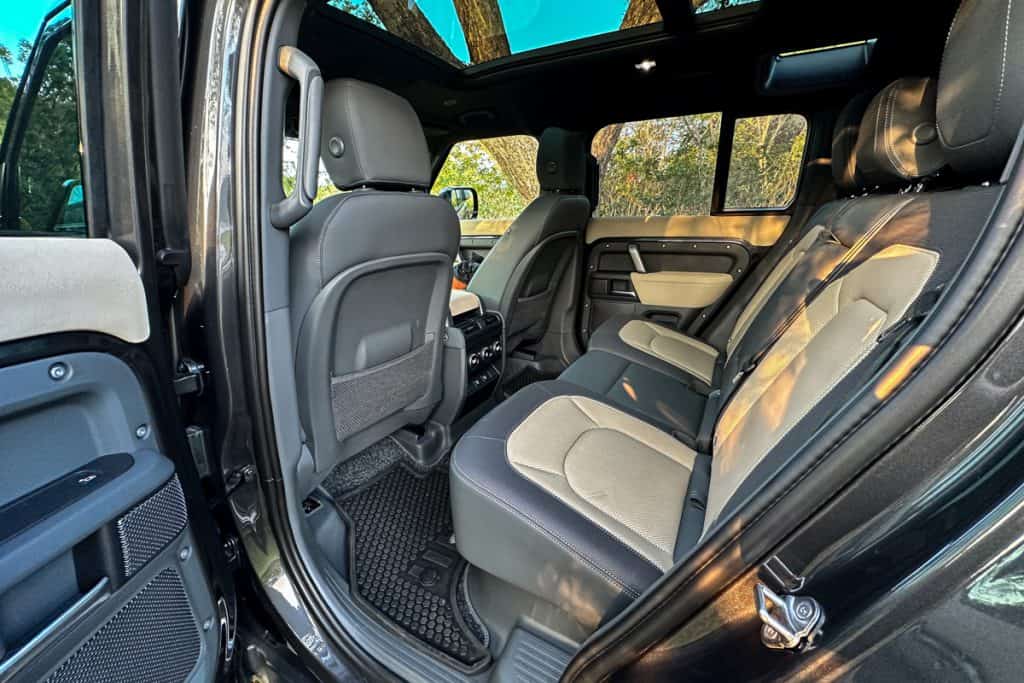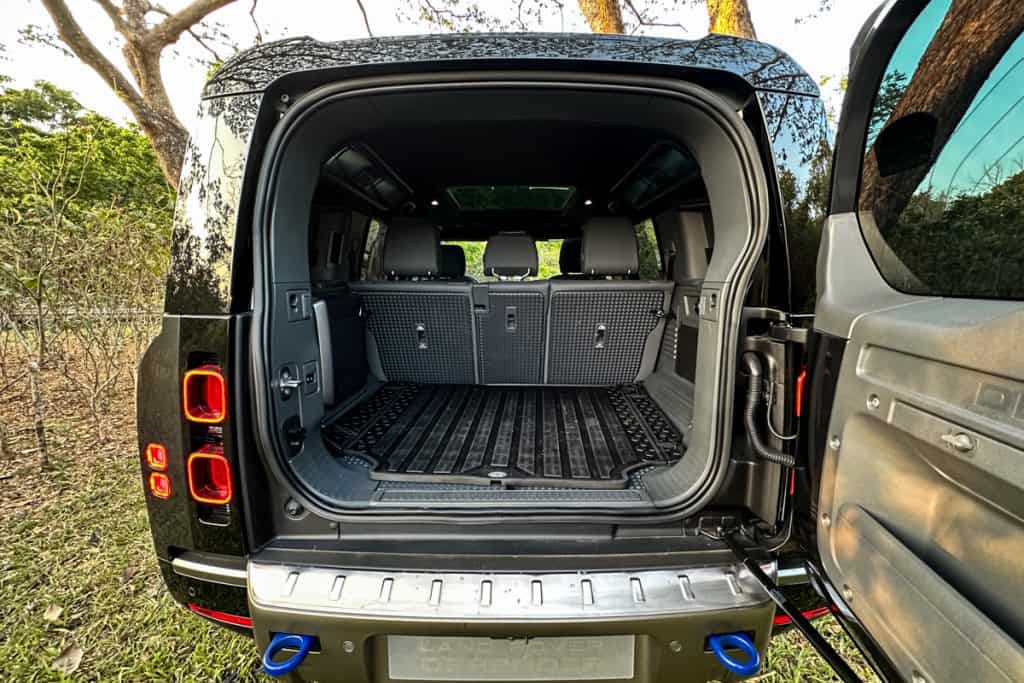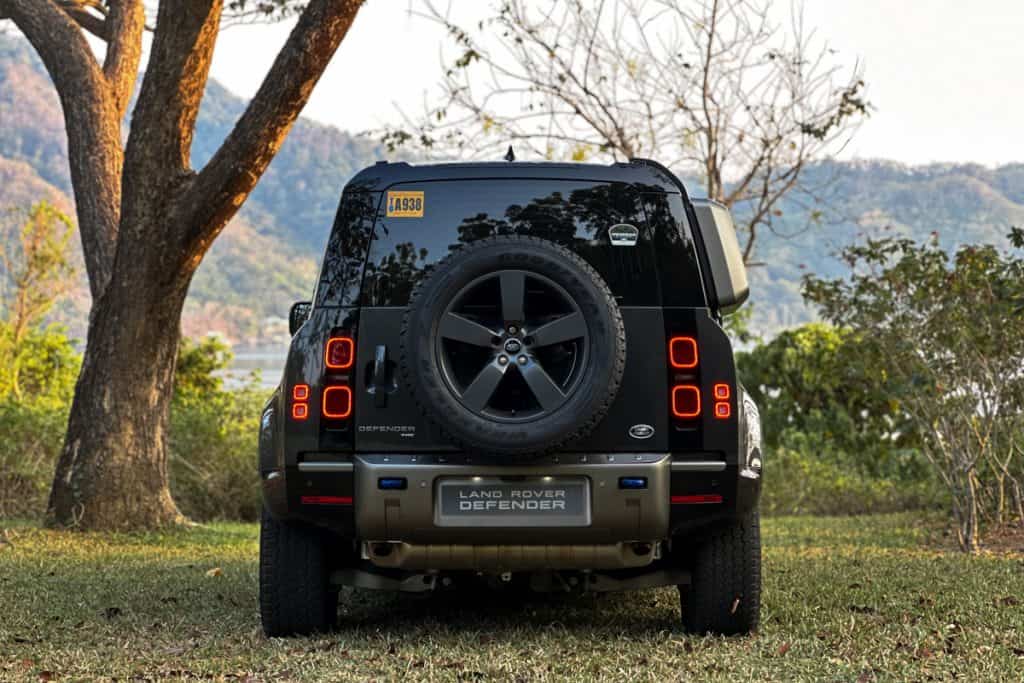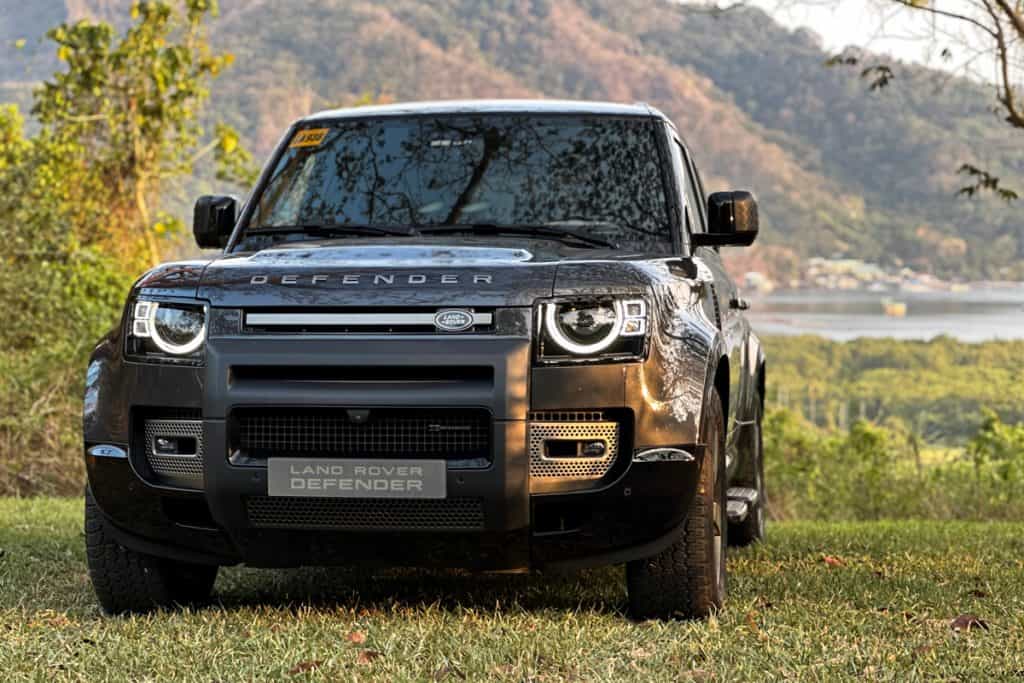There’s always this point in your life where an experience will have an impact on you and manage to skew your preferences, prejudices, and beliefs. For me, that’s after I drove and tested the Land Rover Defender 110. Let me explain.
I loathe SUVs. I am aware of the current trend of people putting SUVs at the top of their preference but I still question their existence. I just don’t see the point of sacrificing driving dynamics and road manners for “authoritative appeal, size, and robustness.” They’re also unnecessarily big and most of the time, drivers tend to lack the necessary skill to handle one.
But after spending a few days with the Land Rover Defender, I now understand the appeal of this type of vehicle – at least with this class where spending millions on a vehicle does make sense for some.
Exterior
The Land Rover Defender looks just what you’ll expect an SUV should be. It’s massive, authoritative, has a commanding presence, and looks expensive. The round LED DRLs easily make the British automobile identifiable even at night, and so are the square tail and brake lights. For those in the know, all it takes is a split-second glance to know that a vehicle is undoubtedly a Defender despite Land Rover’s move to use a unibody construction for this generation. More on this later.
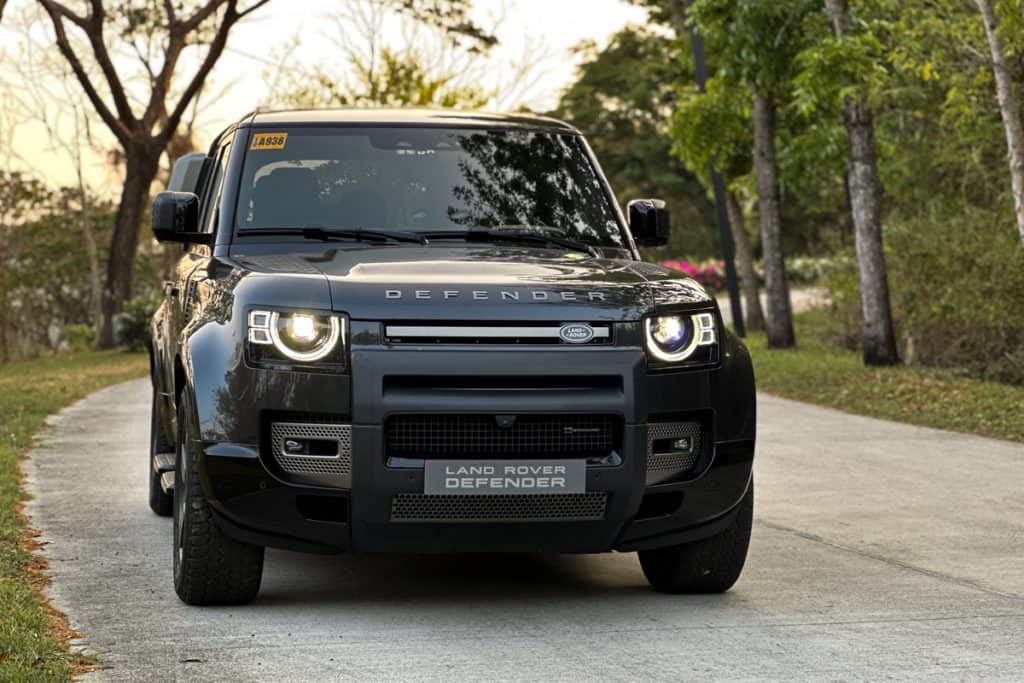
The set of massive 20-inch dark gray wheels wrapped in chunky Goodyear Wrangler all-terrain tires fit the media unit’s black body perfectly, though the longer four-door Defender 110 body isn’t as proportionate of what you’ll see on the Defender 90. But that’s just me; I just love the two-door’s looks better in terms of proportions.
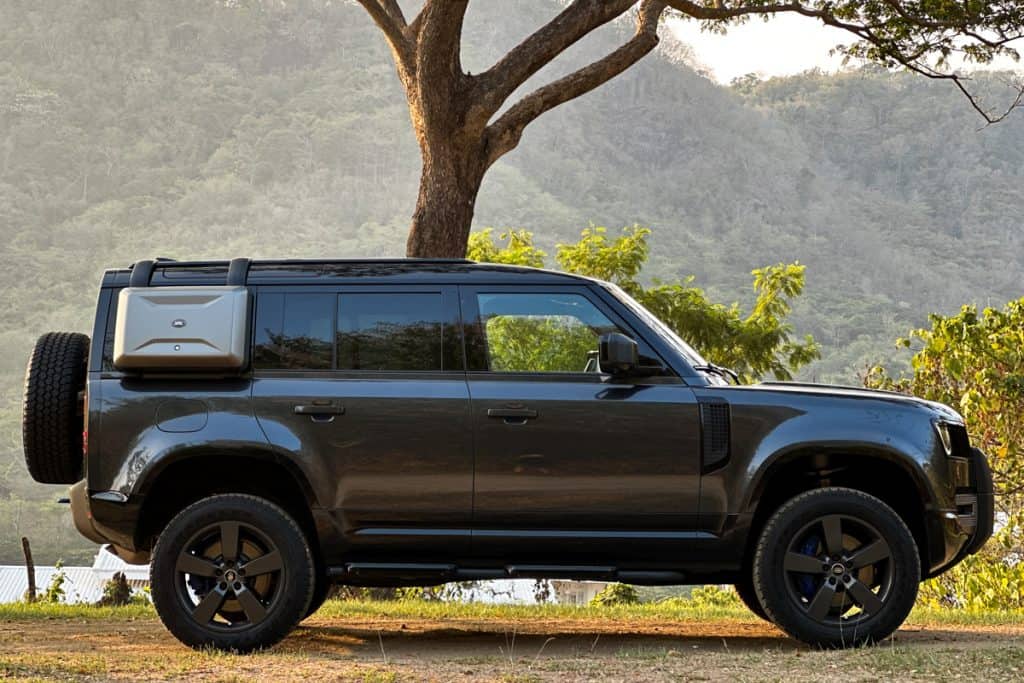
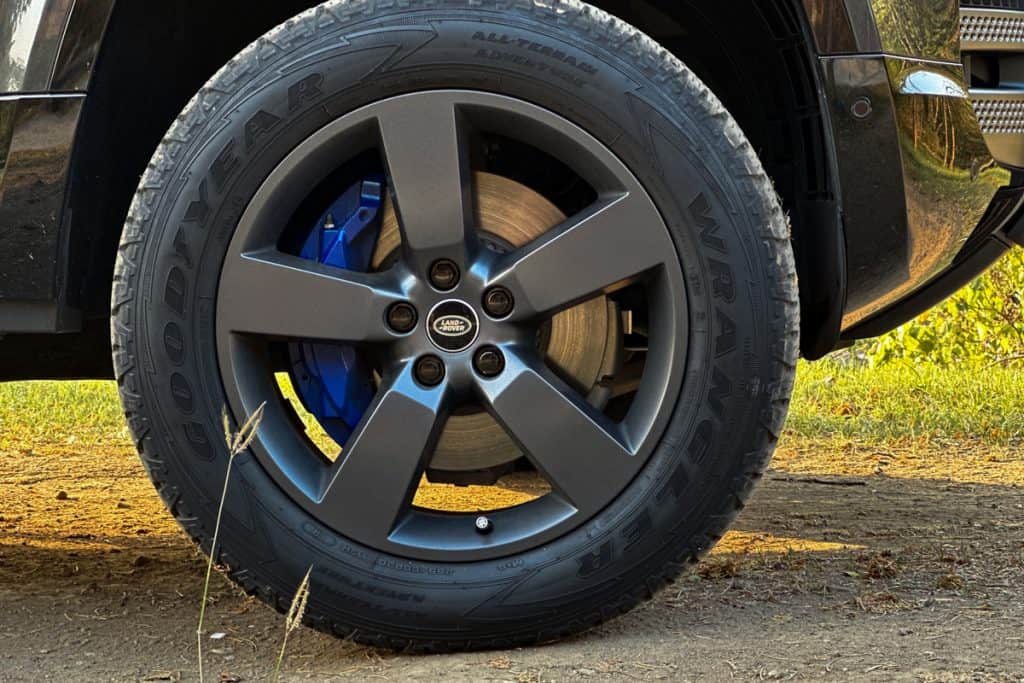
As the one I drove comes in the X-Dynamic package, it comes with exterior elements that make the SUV look tougher. Not that it needed that – one knock on the panels and you’ll instantly discern that they’re built for elemental abuse. The vehicle’s price tag, however, will leave you with a conflicting feeling that you shouldn’t.
Interior
Step inside the Defender 110 and you’ll immediately feel a conflicting feeling. The rubber matting that comes with the X-Dynamic package will make you want to take the SUV on dirty and muddy road trips, though the cream suede-like upholstery will make you think otherwise. Plus the fact that these light-colored elements are positioned to common touch points, which will make you think twice before entering the vehicle after a humid and sandy excursion outside.
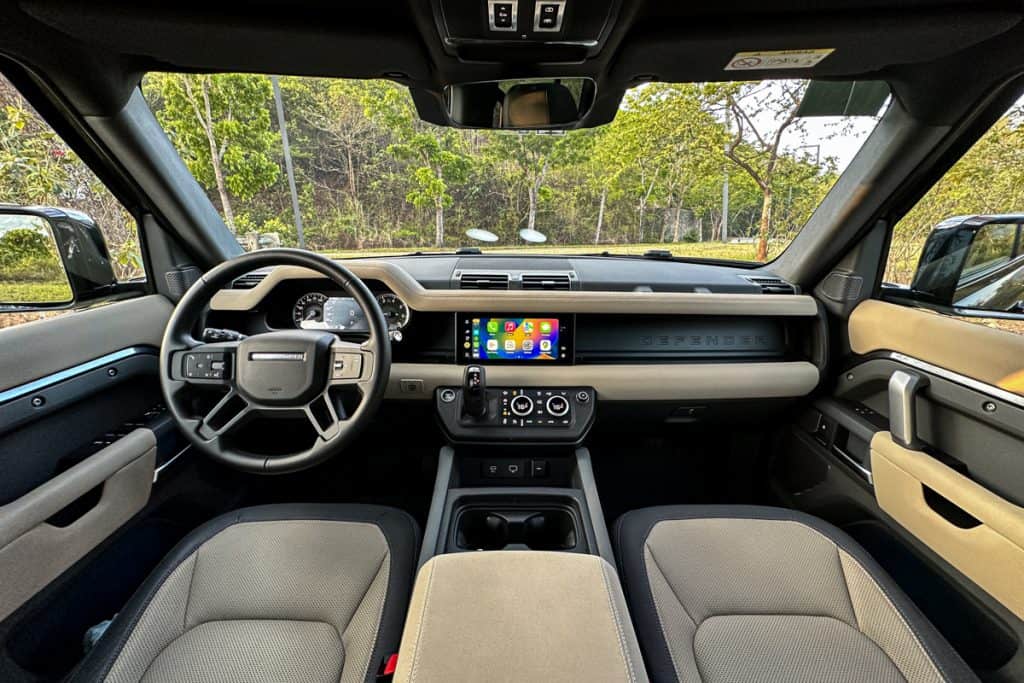
With an exterior body that’s generally bigger than the latest Toyota Land Cruiser, space inside is naturally abundant. Whether we’re talking about the front row, second row, and the 786-liter default cargo area, you’ll never run out of room. One caveat, though, is that the cargo door opens sideward just like the original Defender. While a callback to the classic is always welcome, the door’s pretty hard to manage without hydraulic dampers in place. Just imagine the challenges you’ll face while loading cargo on an inclined spot.
Visually, this SUV comes with enough glass panels (with two extra small “holes” on the rear end of the roof combined with the panoramic sunroof) to allow natural light to come in, which makes the cabin feel even bigger. I also love the fact that there are plenty of storage points within the cabin, promoting the Defender’s utilitarian appeal.
Then again, the luxurious feeling inside the Defender – promoted by the bevy of screens and top-notch materials – just points you to do things with the vehicle other than utility. Yes, another conflict.
Tech & Safety
Redesigning the Defender for modern times has its advantage, and those can be seen with the slew of tech features that the car has. It has everything you’ll reasonably need and want, such as wireless Apple CarPlay and wireless charging combo, three-zone climate control, and more than a handful of USB charging ports scattered all over the cabin.
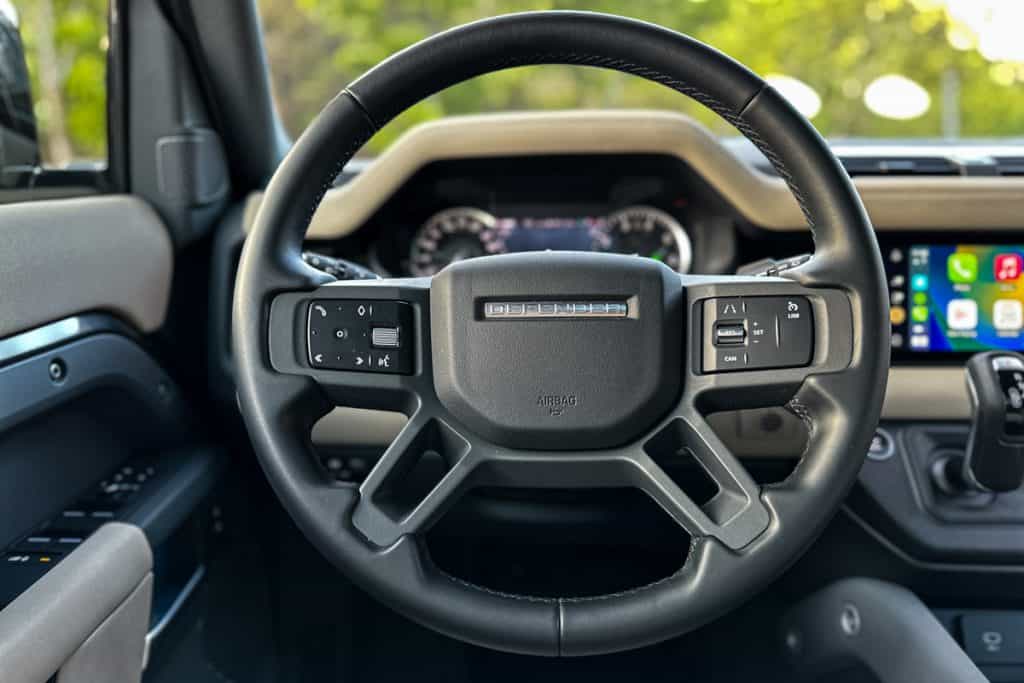
I particularly like that the 360-degree camera view has a high-resolution display, which makes it perfectly usable even at night. It was also helpful in maneuvering this bulky SUV within the city. I also love the fact that child-lock control is easily accessible for the driver while inside the vehicle. The car also has sensors for when opening the doors, alerting passengers if there’s an oncoming vehicle (or motorcycle) from behind. As far as being child-friendly goes, the Defender’s probably at the top of the list.
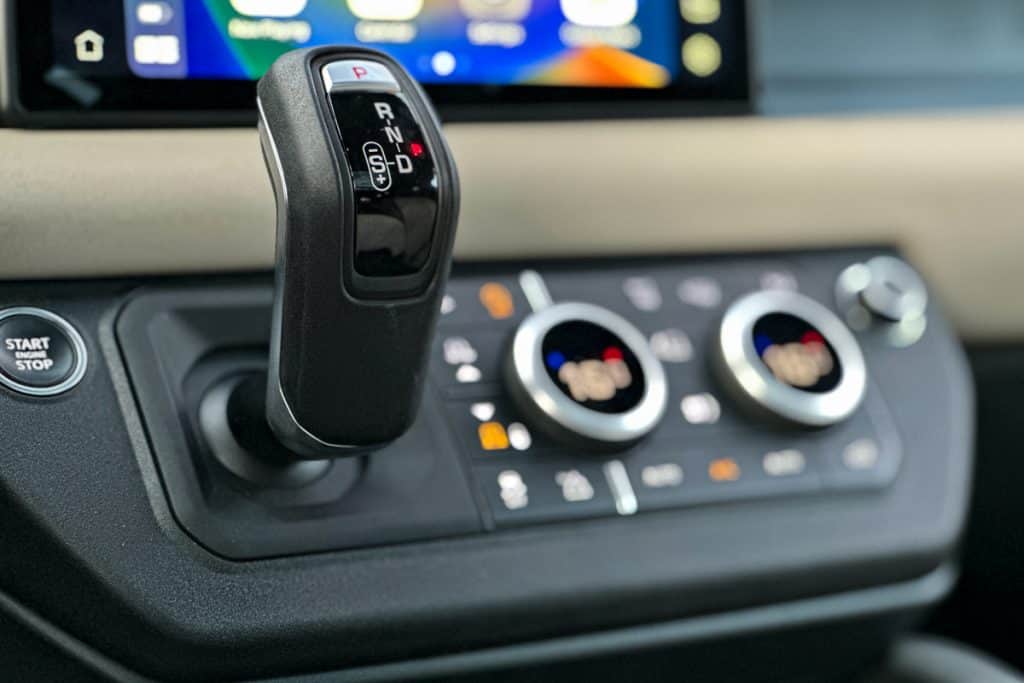
Beyond basic safety features, there are unfortunately two glaring omissions with this model. The Defender 110 X-Dynamic, at least with the one I tested, doesn’t have adaptive cruise control and seat ventilation. Both are quite expected at this price point, so this came as a surprise. It has a lane-keep assist, though, which I love since it forces the driver to use turn signals if they don’t the system to take intrusive action.
Drive & Handling
The Land Rover Defender 110 I tested was powered by a twin-turbo 2.0-liter Ingenium diesel engine that puts down 240hp and 430Nm of torque. These numbers are supposedly enough but keep in mind that the Defender also has a curb weight of over 2,300 kilograms.
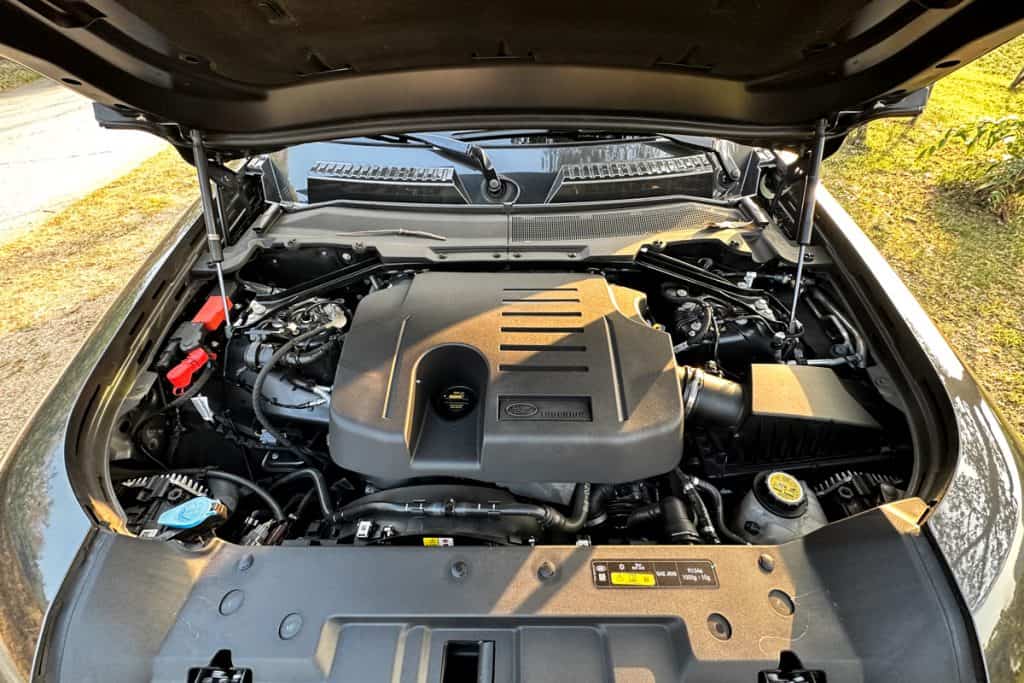
As such, I felt the weight of the Defender 110. There was a delay when accelerating from either a slow crawl or a complete standstill. Heck, even my CVT-equipped Honda Brio hatchback responds to throttle inputs more quickly than the Defender (though top-end speed and stability are for another story). Whether this was the fault of the turbos, the 8-speed automatic, or the porky weight was beyond me.
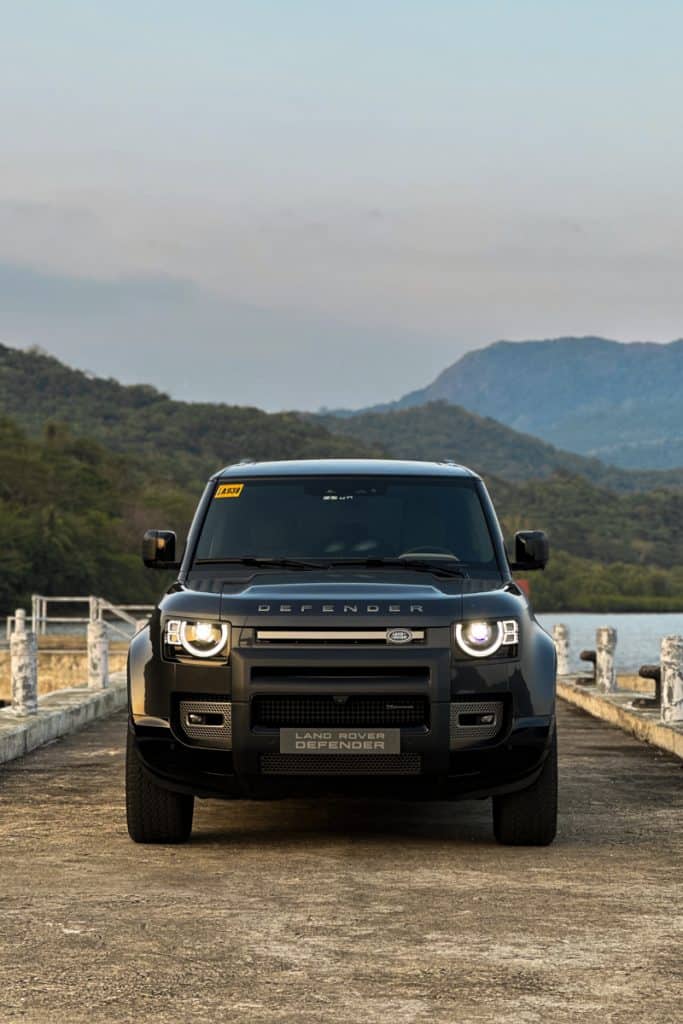
The weight was also felt during my traverse on mountain passes. The brakes, despite having been equipped with large discs on all fours, needed improvement, while body rolls were rampantly felt – to the point that I got dizzy after a quick stint on the winding roads en route to Nasugbu. The latter’s not a surprise, though, especially from an SUV that towers 218mm above the ground and is armed with a plush air suspension.
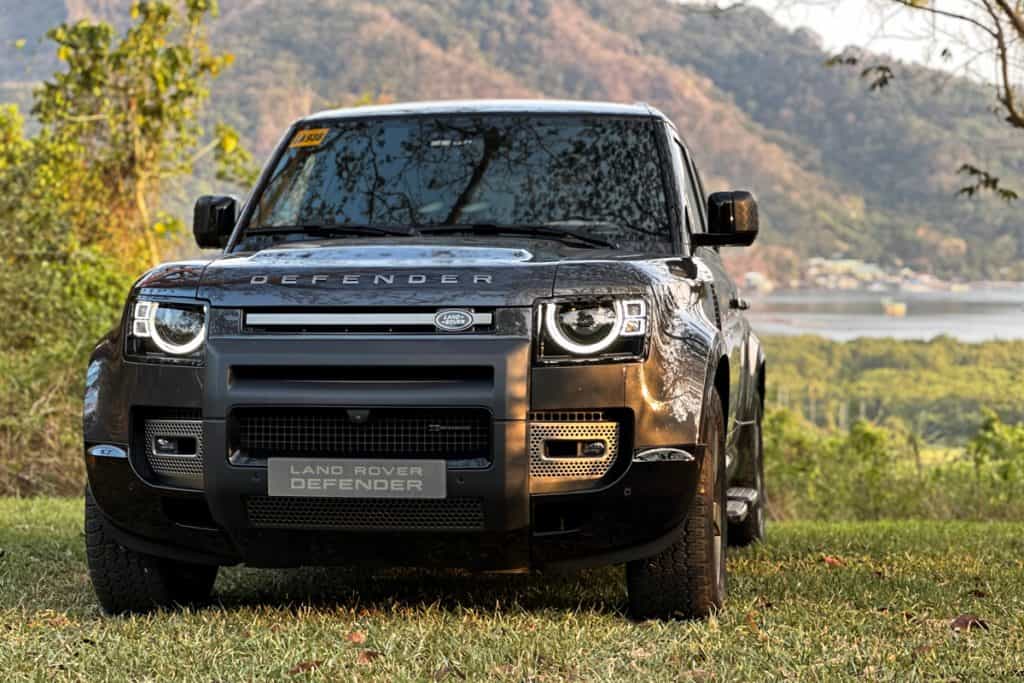
And this is where the Defender’s strength lies. The comfort level inside was highly notable, to the point that road noise and imperfections were greatly staved off during the drive. I didn’t feel the need to rush to my destination when I tested the vehicle. I enjoyed the drive at a comfortable pace, even through the most stressful parts of Cavite on the way to Batangas – that’s before the winding roads, of course.
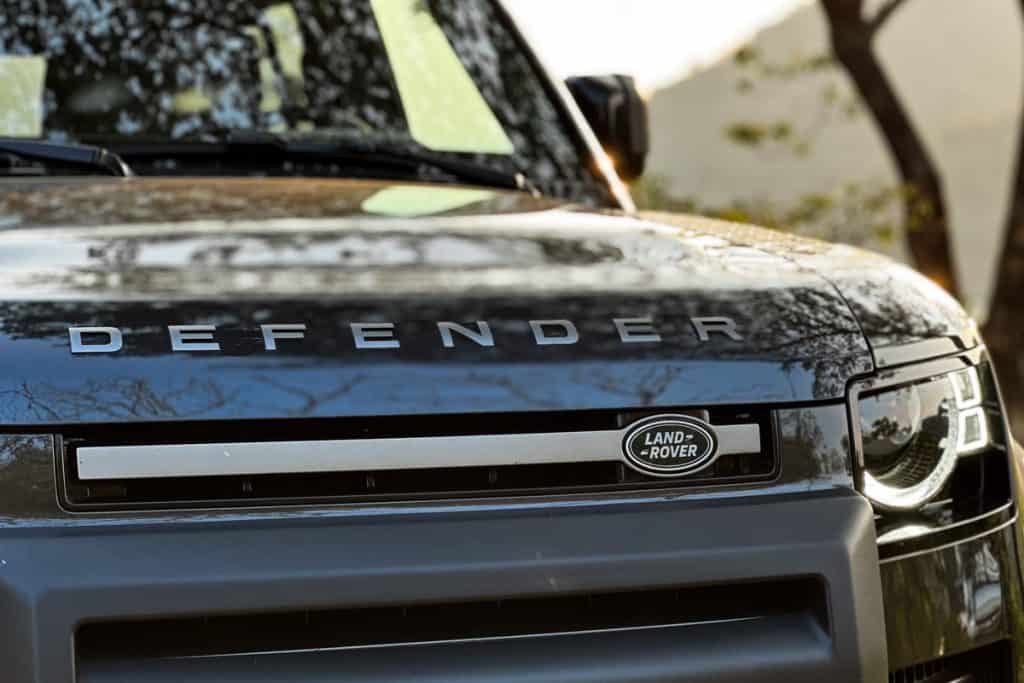
The Defender is a highly capable vehicle to take off-road. It has all the tech it needs and more, such as differential locks, various terrain and drive modes, sensors, 360-degree camera view, and height-adjustable air suspension. I didn’t get the chance to take the media unit to an actual off-roading course (and I doubt I would if given the chance) but on paper, it’s a top-dog off-roader.
Verdict
Beyond trails, the Defender isn’t just a status symbol. It’s a status symbol that offers a premium feel not only to you as the driver but to all the passengers as well. People might scoff at Defender owners that don’t take their rigs off-road, but honestly, these owners are just receiving those criticisms in utmost comfort while inside a vehicle they can afford.
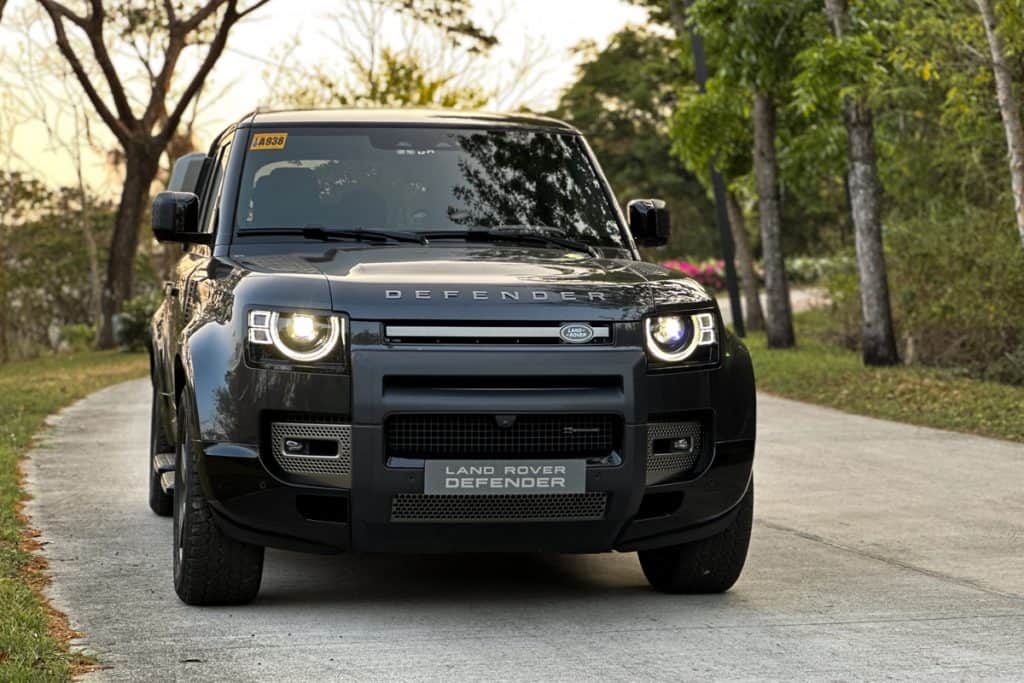
As mentioned, I hate SUVs but this experience made me realize that there are things to love about them. To some extent, I maybe hate them still, but not the hulking Land Rover Defender. It’s an internal conflict – something that reflects what the British SUV can offer.
In fact, I’m so conflicted that I’m thinking of getting one myself. Good thing, I don’t have money north of P6 million in my bank account right now.


